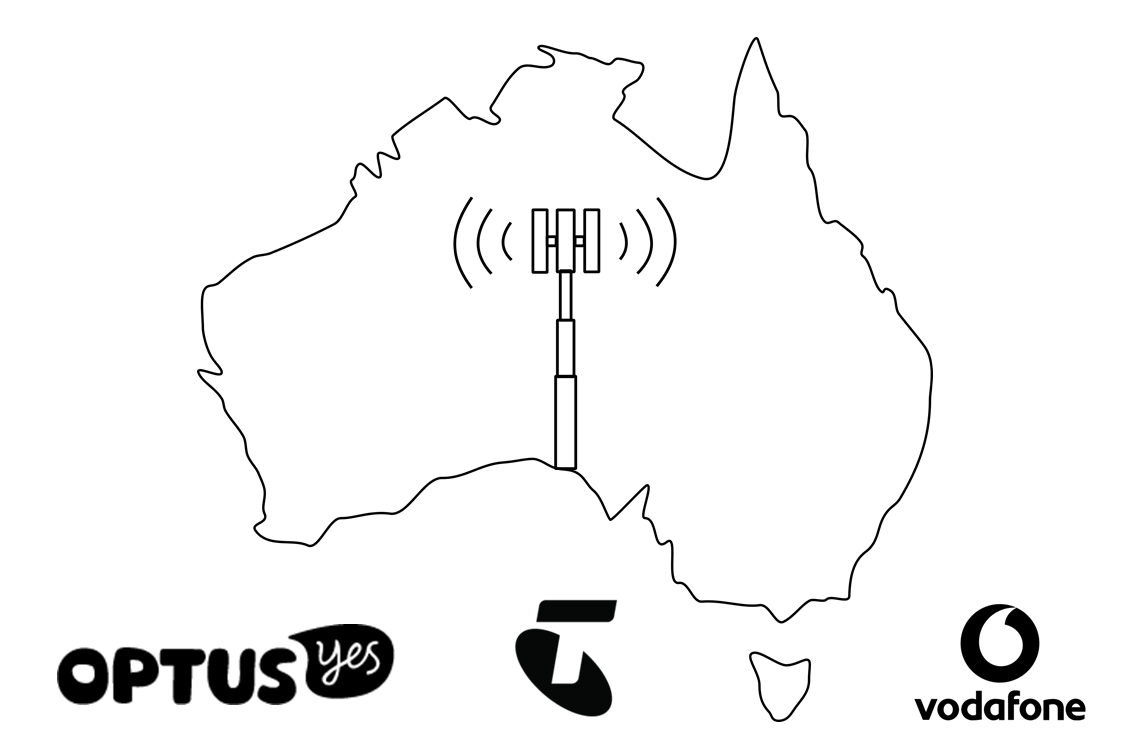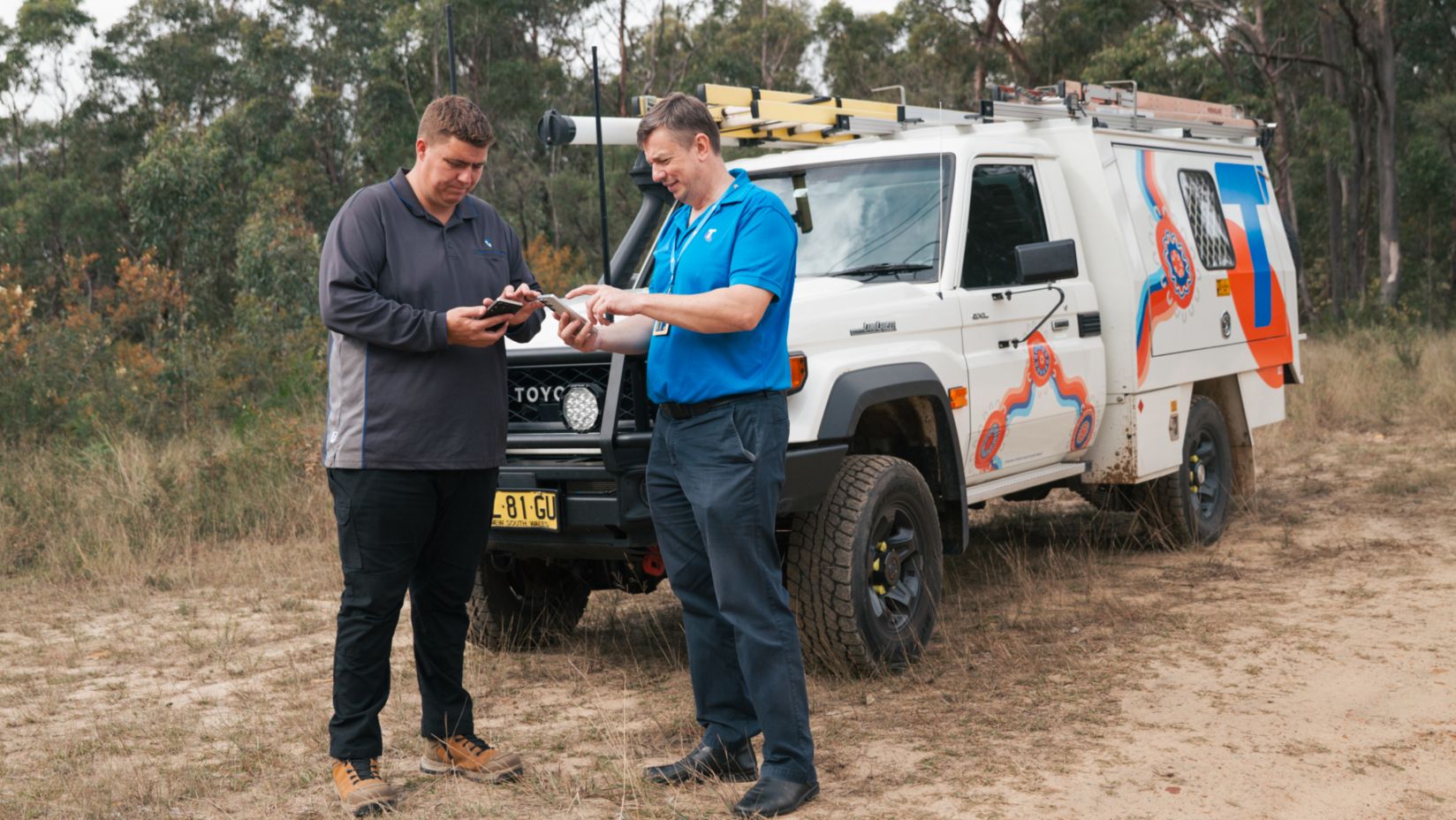
The juxtaposition of the physical and digital world can at times be frustrating. Case in point we hear about almost every major smartphone from every major vendor across the world through our digital life. However, the realities of our physical world often mean we never get to see those devices.
The reasons some phones don’t come to Australia are varied, and complex. One solution many people turn to is what we call ‘grey imports’. Buying the physical device from a digital vendor who will happily ship you a device regardless of if the OEM ever planned on releasing it in Australia is no guarantee it will fully work when it arrives.
There are a lot of pitfalls with grey imports that we’re not going to cover here, but one big one is radio frequency compatibility, specifically LTE compatibility. It seems the tech world has mastered getting 2G and 3G connectivity across devices fairly universal, however, the same just can’t be said for LTE.
Whenever a popular device is launched overseas we are typically asked which model or SKU “works best in Australia”, the answer to that is almost always “depends which carrier are you on”. Not only does Australia have a different subset of LTE bands to the rest of the world, none of our major mobile network providers uses exactly the same LTE frequencies. It gets better, not all bands on a particular carrier are used in all locations so a person in Geelong may have a different experience than someone in Canberra with the same device on the “same” network.
To help you with these decisions today we are launching our Australia Mobile Network Frequencies page. On the page, you should find all the information you need to understand the very basics of LTE bands and which bands each carrier uses. As technology changes, we will endeavour to keep the information as up to date as our information allows us.
So what are you waiting for? Head on over to our Australia Mobile Network Frequencies page and check it out.




